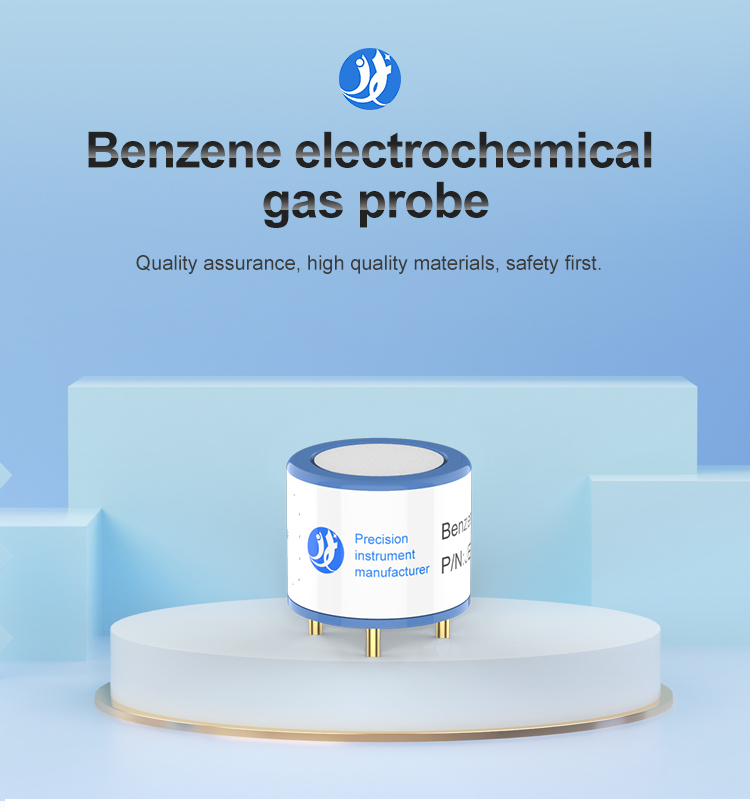Global environmental concerns have continued to increase exponentially as a result of human activities. From air pollution, water contamination to soil degradation, there are several environmental factors that impact our health and well-being. The increasing concern for environmental safety has also promoted the development of smart sensors, capable of monitoring atmospheric changes in real-time. One of such sensors is the gas sensor.
Gas sensors are important sensing tools that are used in a wide range of applications, most especially environmental monitoring. They are designed to detect different types and concentrations of gases in the atmosphere, which helps to prevent potential hazards that might lead to environmental contamination and even health risks.
The sensor technology works by detecting changes in the level of gases surrounding it and then generating data signals based on those changes. These signals are then transmitted to a computer or a data logger, which interprets the data and provides information about the presence and quantity of the gas. Although gas sensors may be used in a variety of different industries, including scientific research, healthcare, industrial manufacturing and aerospace, their efficient use in the monitoring of air quality and pollution has continued to gain attention due to its positive impact on public health.
One major advantage of gas sensors in environmental monitoring is their ability to detect toxic and harmful gases like nitrogen oxides (NOx) and carbon monoxide (CO) before they reach harmful levels. In this way, gas sensors can speed up the time needed for action to be taken when dangerous levels are detected, making it easier to avoid possible harm. They are also ideal for health monitoring, since human beings inhale oxygen and exhale carbon dioxide, so detection of abnormal gas levels can help identify respiratory diseases.
Another advantage is their portability and ease of use. Unlike traditional environmental monitoring methods, which require large equipment and costly maintenance, gas sensors can be easily integrated into portable devices like smartphones and wearables, making them affordable, accessible, and user-friendly. This also encourages the usage of gas sensors by private individuals as well as government agencies.
Gas sensors can help revolutionize environmental monitoring in sectors such as traffic management, industrial manufacturing, and agriculture. The sensors can be used to monitor carbon dioxide levels in traffic-prone areas, helping to regulate traffic flow and reduce pollution levels. In an industrial setting, they can detect harmful emissions from factories and alert workers when concentrations exceed safety levels. In agriculture, gas sensors can detect soil moisture levels, making informed decisions easy for farmers during planting or harvesting season.
Despite its many benefits, there are still some challenges with implementing the technology on a large scale. One major challenge is the sensitivity of the sensors,
 : +86 155 8830 2704
: +86 155 8830 2704 : jxdziot@gmail.com
: jxdziot@gmail.com
